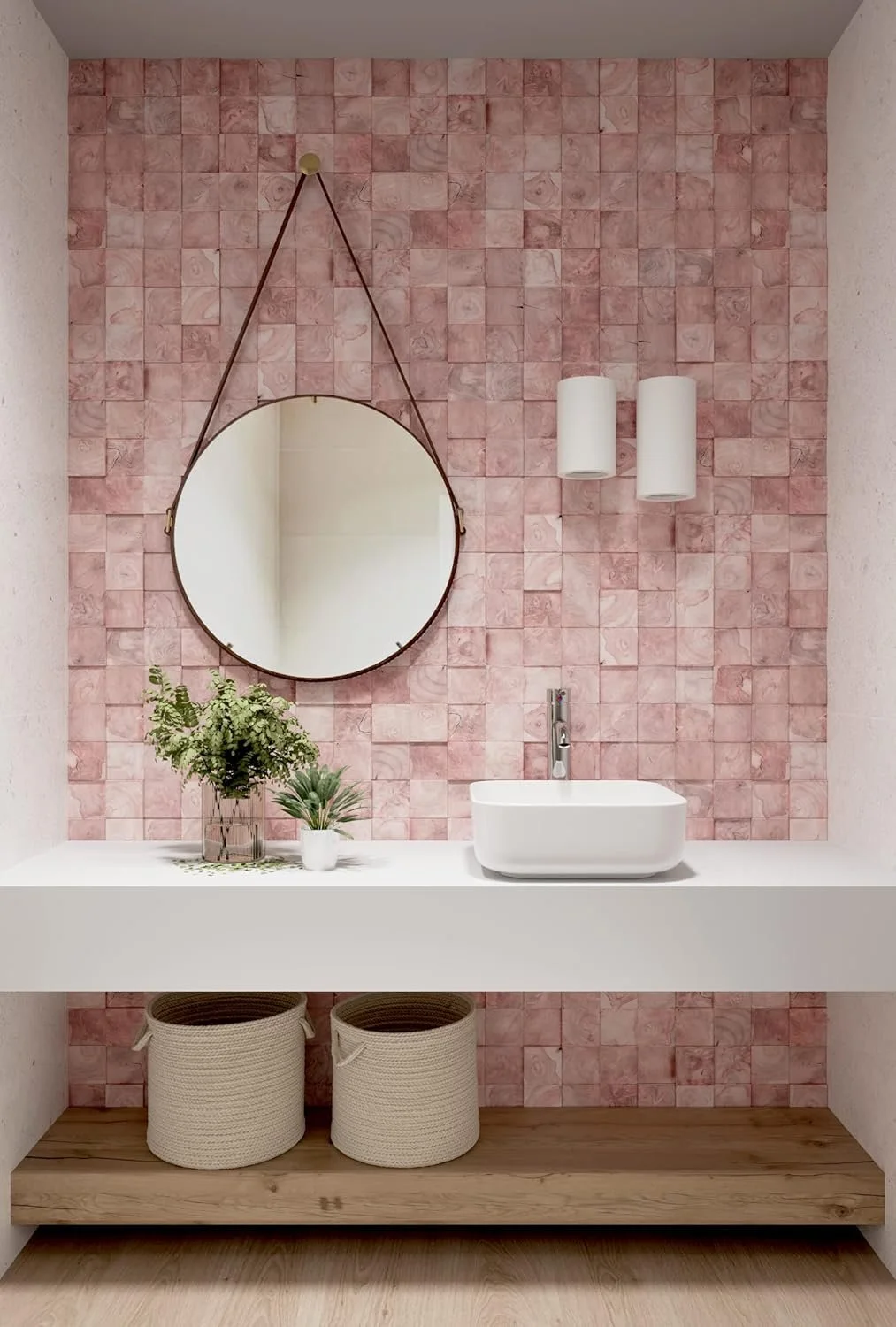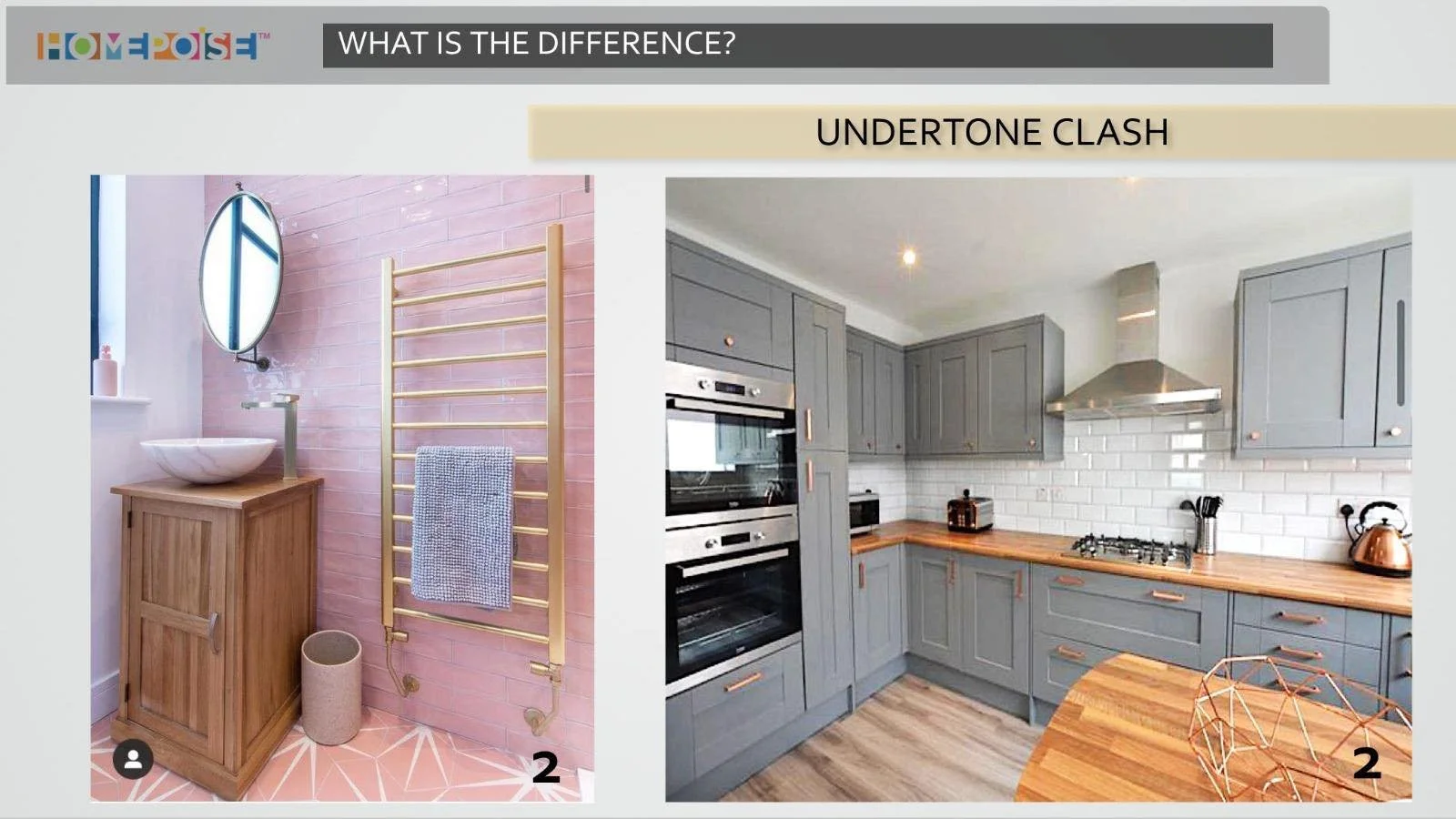WHY 'NEUTRAL' ISN’T ALWAYS SAFE - AND WHAT THAT HAS TO DO WITH UNDERTONES
A “white” wall can suddenly look green next to grey units:
The same paint looks warm in one room and cold in another
A neutral kitchen feels welcoming… or weird
You walk into the finished room.
The wall’s a soft beige. The floor’s a light wood.
Technically, everything’s “neutral.”
But something feels… off.
Cold. Flat. Like it doesn’t quite come together.
That’s the power, and the risk, of undertones.
Most new renovators don’t spot it.
Because undertones aren’t about colour charts.
They’re about subtlety and feeling.
And when they clash, a buyer might not even know why the room doesn’t feel right.
But they’ll feel it.
What Are Undertones - And Why Should You Care?
Undertones are the subtle colours hiding beneath a neutral surface.
They’re the reason one grey feels calm, and another feels stark.
The reason one beige looks expensive, and another reads as dated.
It’s why:
A “white” wall can suddenly look green next to grey units
The same paint looks warm in one room and cold in another
A neutral kitchen feels welcoming… or weird
When your neutrals don’t work together, the buyer doesn’t see harmony.
They see something they’ll want to change.
Which means less connection. Less value. And often… lower offers.
How to Spot Undertones (Without Overthinking It)
You don’t need to train your eye for years.
Just compare colours side-by-side.
Your brain will instantly register the differences—even if you can’t name them.
Here’s how to avoid costly mistakes:
Always compare samples next to each other, not in isolation
Match undertones to your fixed elements first (flooring, tiles, kitchen units)
Don’t trust paint names, “White Cotton” might be full-on cream
Test colours in both daylight and artificial light
Why This Matters When You’re Flipping for Profit
If you’re flipping for yourself, you can decorate with your taste.
But if you’re flipping for someone else, for your buyer, then every finish needs to feel intentional.
That’s how you build emotional connection.
And emotional connection = faster sale, better offer.
Most people think neutral is “safe.”
But without checking the undertone, neutral can become the very thing that makes a buyer hesitate.
This is why FLIPIT teaches you to look beyond trends and colour names.
You learn to make renovation choices based on how they’ll land, in the space, with the light, and through the buyer’s eyes.
That’s how you start flipping like a professional.
Not by spending more.
But by seeing more.





